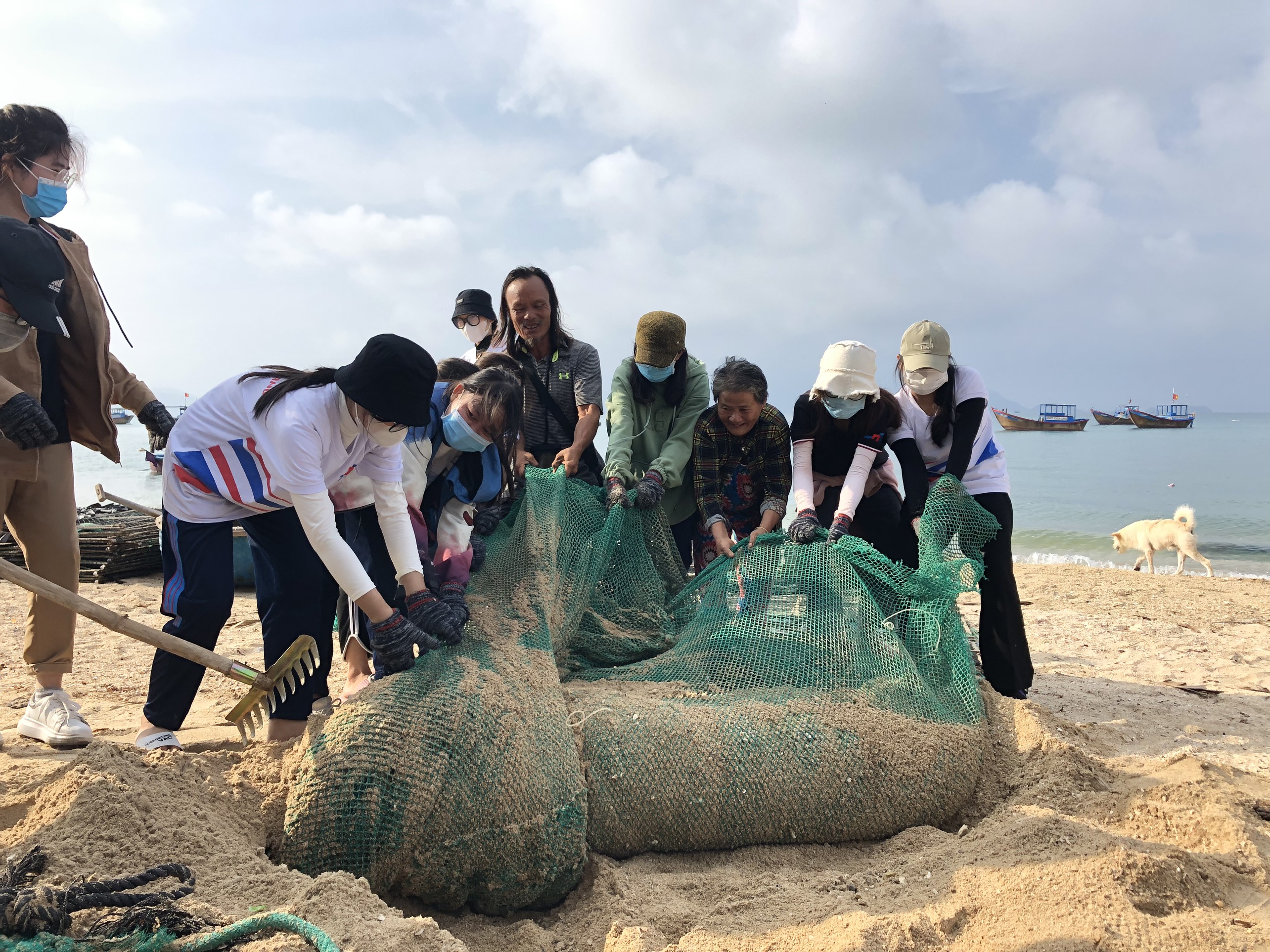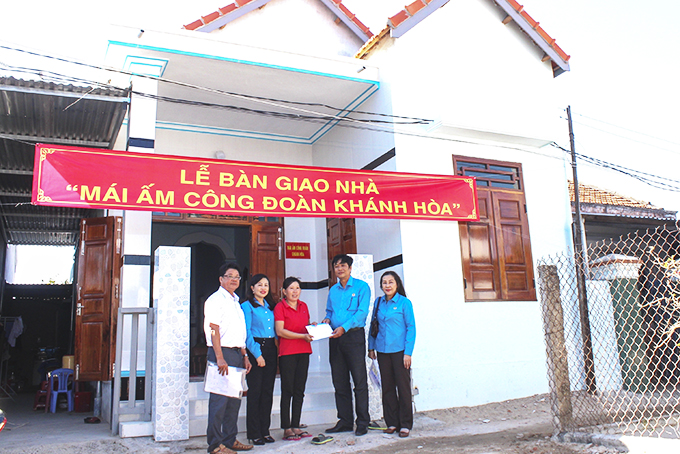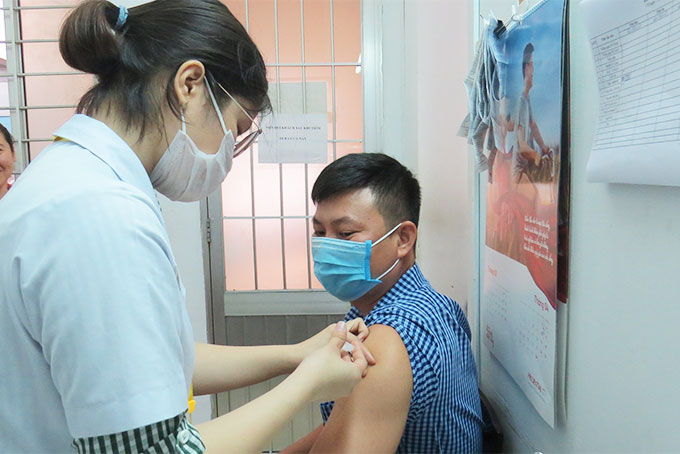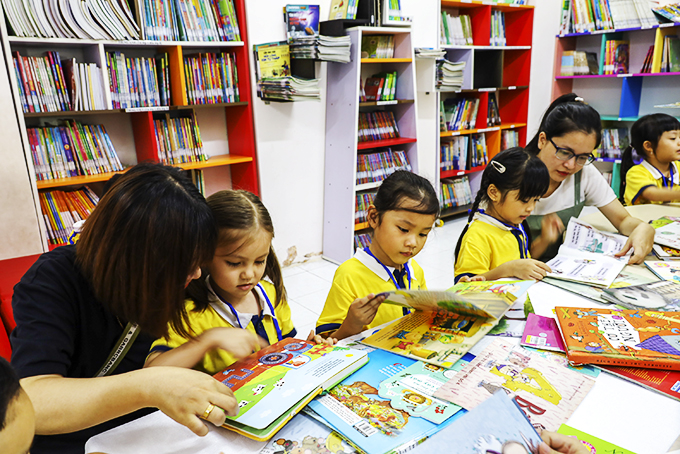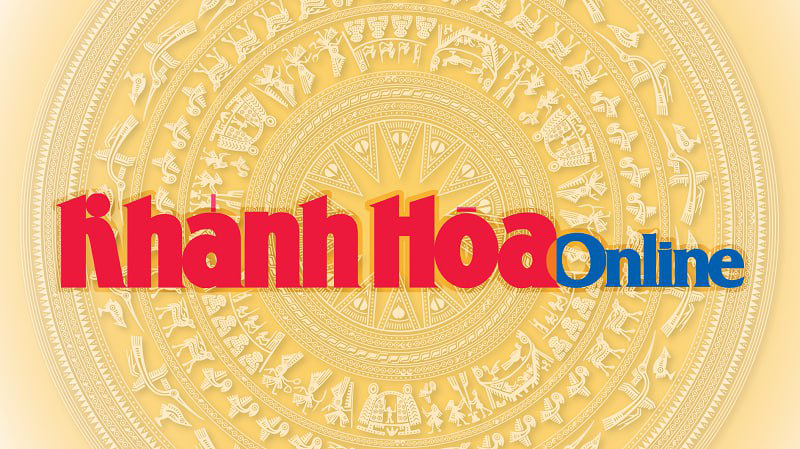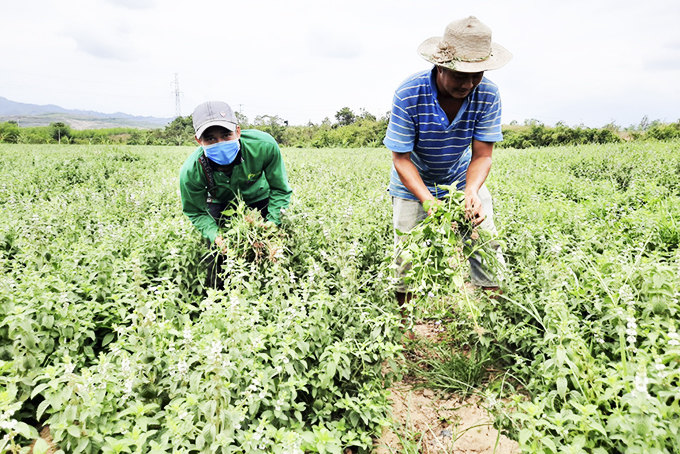
Khanh Hoa Province has high bio-diversity with a wide variety of species of rare medicinal plants. Not only preservation but also support policies is required to promote the recourses...
Khanh Hoa Province has high bio-diversity with a wide variety of species of rare medicinal plants. Not only preservation but also support policies is required to promote the recourses.
Great potential
According the data by the Institute of Ecology, Khanh Hoa has 974 species of medicinal plants belonging to 607 genera and 177 families, accounting for 38.9% of the total species of flora in the province. Among them are 93 commonly used species such as Phyllanthus urinaria, Elettaria cardamomum, Senecio divaricatus, Eurycoma longifolia, Curcuma longa, Ginseng dew, Wormwood, Cleome gynandra, Hibiscus sagittifolius Kurz and so on. Besides, medicinal plants of high values include: agar wood, Cinnamon, Scaphium affine, Rauvolfia, Jiaogulan, Curculigo orchioides, Smilax chapaensis, Sarcostemma acidum, Stephania kwangsiensis, Anoectochilus setaceus, etc.
The investigation also recorded 49 species of rare medicinal plants, including 39 species in the Vietnam Red Book (in 2007), 15 in the World Red Book (in 2018), 15 according to the Government’s Decree 32 (in 2006) and 1 according to the Decree 160 (in 2013) on management of endangered, precious and rare forest plants and animals. Remarkably, Jiaogulan is a rare and endangered species. Many are overexploited such as Ensete glaucum, Eupatorium cannabinum, Alpinia globosa, Amomum villosum Lour, Senecio divaricatus, Eurycoma longifolia, Phyllanthus urinaria, etc. Therefore, in order to promote the medicinal resources, an appropriate method is to protect as well as develop an manufacturing industry of those with high economic values.

|
According to Herbalist Tu Dinh Hai, owner of Hiep Sanh Duong Pharmacy in Hon Ro, Phuoc Dong Commune, Nha Trang City, medicinal plants indigenous to Khanh Hoa include Paramignya trimera, Elettaria cardamomum, Homalomena occulta, Zedoary, etc. However, when expanding to other areas, not all medicinal plants keep their original medicinal values.
In addition, the income from growing medicinal plants is not high, mostly sold in retail so it is hard to attract many growers. Some rare medicinal plants are not available in the province, so pharmacies have to get them in northern provinces. The existing resources of medical plants in the province have not been promoted well and patients have to pay more due to medicinal materials taken far away from other places.
Support policies needed
According to Nguyen Ngoc Phu, Director of Nam Phu Khanh Company, Ltd, the province needs specific policies for this sector. Enterprises are very interested in producing medicinal herbs for the domestic market and for export. However, businesses need land to expand production, as well as breeding support for conservation, especially for endangered species, investment capitals, etc. The orientation of the development of medicinal plants in mountainous areas is needed to both conserve and shape genetic resources; as well as form a medicinal herb industry in mountainous areas. Nam Phu Khanh Co., Ltd. is producing peppermint oil in Song Cau Commune (Khanh Vinh District) but facing the lack of land to expand production (currently only 8ha). Meanwhile, thousands of hectares is needed to meet the stable consumption from the Japanese partner and other markets.
According to the leader of the Department of Science & Technology, since 2014, the research, conservation, propagation and development of many rare and precious indigenous medicinal plants have been implemented in some places in the province. The medicinal plants include Pinus krempfii, Panax vietnamensis, Dioscorea oppositifolia Lour, Hibiscus sagittifolius Kurz, Paramignya trimera, Amomum longiligulare, etc.
2 key tasks for the conservation of medicinal plants defined in the genetic conservation framework project, period 2021 – 2025 are researching, collecting and conserving 4 genetic resources of economic values from some Basidiomycota mushroom species; and 19 genetic resources of economic values in medicinal herbs (Snow Banana, Smilax glabra, Codonopsis pilosula, Amomum longiligulare, Paramignya trimera, Eurycoma longifolia).
However, the promotion of medicinal resources needs to reach beyond preservation with the development of medicinal herb industry. In order to promote the values of medicinal plants, shifting from conservation to production to serve medical treatment and for export purposes, the province needs to research and develop policies to support the development of the pharmaceutical industry in Khanh Hoa with support for farming land, seeds, techniques and investment appeal to attract growers, especially in mountainous areas. These are the best way to conserve genetic resources in Khanh Hoa.
V.L
Translated by N.T

